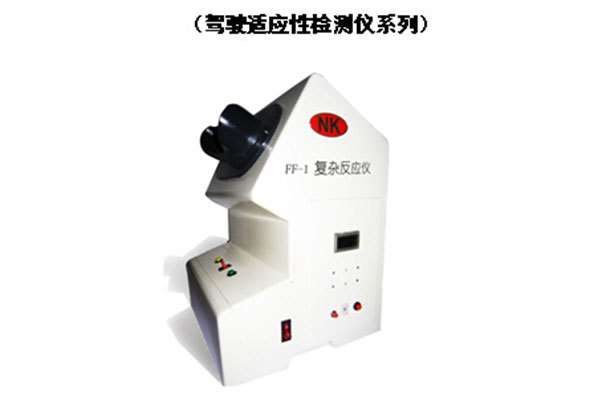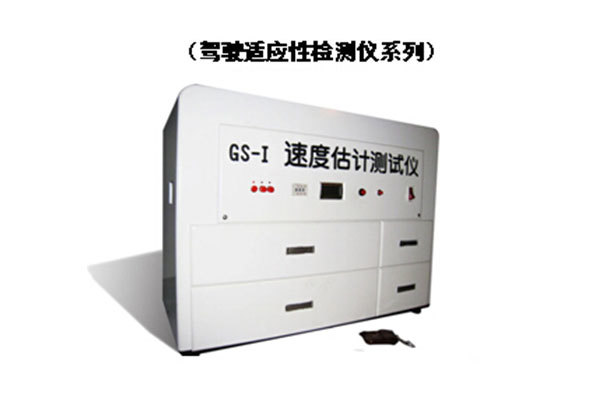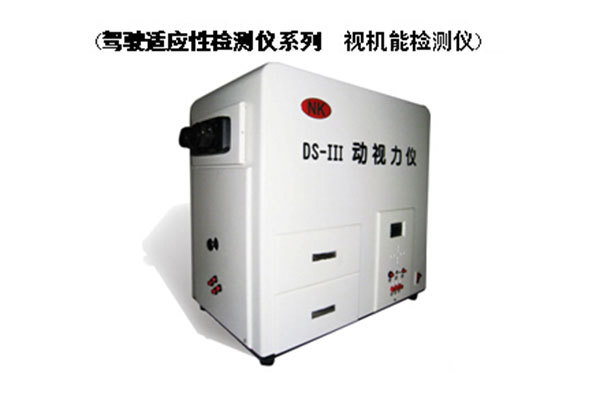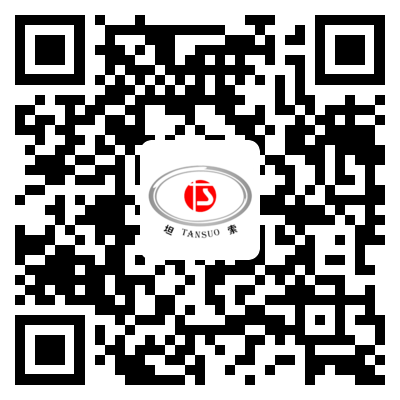
Navigation lights are a type of traffic light used on ships (including offshore drilling platforms) to meet various lighting and signaling requirements. They include three categories: ship lighting, navigation lights, and signal lights.
The design and manufacture of navigation lights must comply with the relevant regulations of ship specifications and international conventions, and can only be installed and used after passing inspection by the ship inspection department and obtaining a certificate.
According to international conventions, ships must be equipped with various lights to indicate their position, navigation status, and characteristics in case of night navigation, operations, or low visibility, in order to be recognized and avoided.
To this end, there are strict regulations regarding the light arc, visibility distance, chromaticity, shell protection, and installation position of navigation lights and signal lights.
Ship lighting refers to the lighting fixtures used for illumination on ships. This includes organic cabin lights, canopy lights, corridor lights, emergency lights, floodlights for deck operations, searchlights for long-distance target searching, explosion-proof lights for use in explosive atmospheres, portable lights for temporary workplaces, and lighting for living areas.
Navigation lights are fixtures that indicate the position and direction of a ship in navigation. There are three types: mast lights, side lights, and stern lights.
Mast light: Installed at the top of the mast located on the centerline of the ship, it displays continuous white light within a horizontal arc of 225° in front, with a visibility distance of 2 to 6 nautical miles.
Side lights: There is a red light indicating the port side and a green light indicating the starboard side, installed on the left and right sides of the bridge.
Each displays continuous red and green light within a horizontal arc of 22.5° from the ship's bow to the ship's side, with a visibility distance of 1 to 3 nautical miles.
Stern light: Installed at the stern of the ship, it displays continuous white light within a horizontal arc of 135° directly behind, with a visibility distance of 2 to 3 nautical miles.
Signal lights are a type of fixture that indicates the status of the ship or provides light signals. This includes all-round lights, anchor lights, flashing lights, and communication flashing lights.
All-round light: Can display continuous white, red, green, or yellow light within a 360° horizontal arc, with a visibility distance of 2 to 3 nautical miles.
Anchor light: For ships at anchor, two white lights are displayed at the most visible points at the bow and stern from sunset to sunrise.
Flashing light: Installed above the side light, it emits red or green light as an all-round signal light at specified time intervals when the ship turns left or right.
Communication flashing light: Also known as Morse signal light. Operated manually, it emits white light according to Morse code signals for short-distance communication. This includes directional portable or rotating base communication flashing lights, and all-round mast-top communication flashing lights.
In addition, navigation lights also include self-illuminating floating lights for life rings and position lights for life jackets. The former is attached to the life ring and automatically ignites when floating on the sea, being a battery-operated waterproof light. The latter is attached to the life jacket for nighttime use, being a battery-operated waterproof floating light.
The company can design, produce, and install according to customer requirements and usage environment.
Key words:
Boat Light TS-YLD-001

Boat Light TS-YLD-001
Contact Us
Classification:







